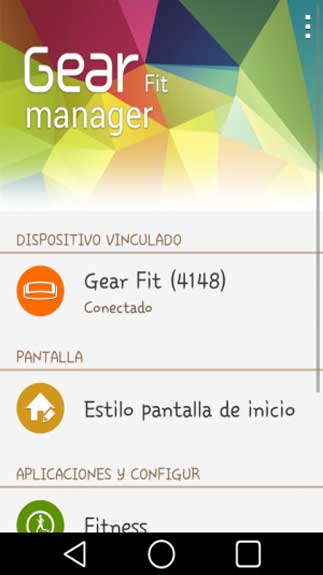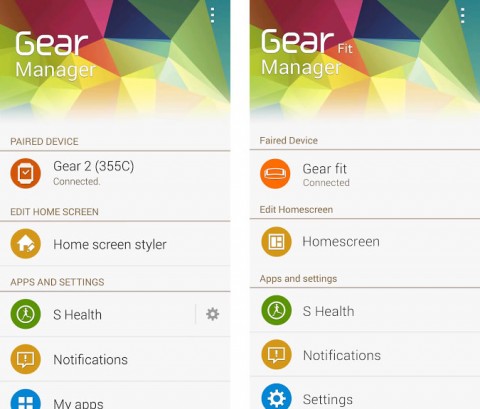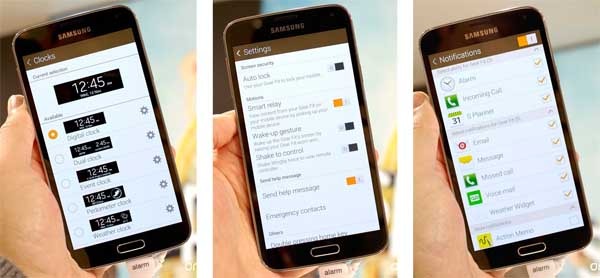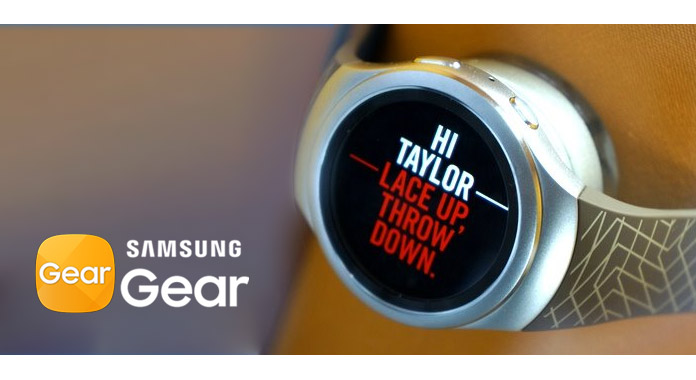

You can choose among three band colors when purchasing: black, orange, and grey. And while the Fit felt snug and comfy on my wrist, I did end up having mine pop off in the first day of use I'd be worried about it happening again. The rubberized plastic band holds the Fit's body in place, but it feels kind of cheap. I'd advise a tighter fit, because the heart rate monitor, located on the unit's backside, needs to make contact with the skin in order to work.

It lies flat against your wrist, snugly when the Fit's wristband is adjusted snugly. Under that curved glass and a chromed border, the rest of the Fit's base unit is plain black plastic.

And, if the fitness and watch elements can keep separate enough to not annoy.

That's a formula that should be magic.if the execution, and the software, can make it all work. In practice, perfection remains elusive: Consider the Gear Fit a pared-down smartwatch that also tracks steps and heart rate, or consider it a fitness band with extras. In theory, it sounds like the perfect "chocolate and peanut butter" mixture I've always wanted in wrist tech: Get a fitness tracker and a real smartwatch onto one band, and suddenly all my needs were met. The Fit doesn't have its own apps, unlike last year's Galaxy Gear and this year's Gear 2 and Neo: instead, it has an extended set of on-board smart features. But the Gear Fit is a new type of device, a hybrid of fitness band and smartwatch. The Gear 2 is the true smartwatch successor to the Galaxy Gear, and the Neo is its entry-level sibling. The Galaxy name is gone completely - as is its underlying Android OS, now replaced with upstart Tizen - and there are three products to choose from: Gear Fit, Gear 2, and Gear 2 Neo. The Galaxy Gear, Samsung's vision of wearables in 2013, has been shelved in favor of a brand-new line of Gear wearables.


 0 kommentar(er)
0 kommentar(er)
